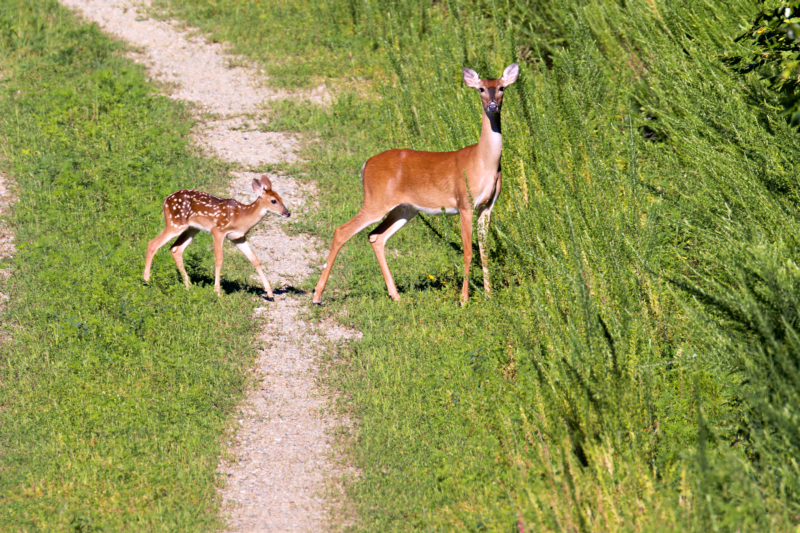Capturing incredible wildlife photos isn’t just about clicking the shutter, it’s about how you frame the shot. One of the best techniques photographers use in wildlife photography is leading lines. These lines naturally guide the viewer’s eyes toward the main subject, creating a strong composition. You can find leading lines in nature or in man-made elements. In this blog post, we’ll explore how to use them effectively to make your wildlife photography more compelling.

Understanding Leading Lines in Wildlife Photography
Leading lines are visual elements in a photo that direct the viewer’s attention toward the subject. They create depth, add interest, and enhance the connection between the subject and its environment. These lines can be naturally occurring, like rivers and trails, or they can be human-made, like fences and bridges.
Types of Leading Lines in Wildlife Photography
Natural Leading Lines
- Rivers and Streams: Flowing water naturally directs attention to animals near or in the water.
- Tree Branches and Logs: These elements create subtle lines that point toward perched birds or resting mammals.
- Animal Trails and Footprints: Tracks in the dirt, sand, or snow add a storytelling element by leading the eye along a path.
Man-Made Leading Lines
- Fences and Paths: A wooden fence or a winding dirt road can create a compelling composition when wildlife interacts with it.
- Bridges and Boardwalks: These structures help frame and guide the viewer toward an animal subject.
Using Leading Lines to Improve Wildlife Photography Composition
Position Your Subject Thoughtfully
- Frame the wildlife subject at the end of or along a leading line to naturally draw attention.
- Experiment with off-center placement to add depth and balance to your composition.
Shoot from a Low Angle
- Lower perspectives emphasize leading lines more dramatically, making them more effective.
- Shooting along the ground can make animal trails or streams more prominent in the composition.
Utilize Diagonal and Curved Lines
- Diagonal lines add energy and movement, making the image more dynamic.
- Curved lines create a smooth visual flow that guides the viewer gently through the frame.
Combine Leading Lines with Other Composition Techniques
- Pair leading lines with the rule of thirds to achieve a well-balanced and visually appealing composition
- Use depth of field to ensure the subject remains the focal point while the leading lines subtly guide the eye.
Enhancing Leading Lines in Wildlife Photography Through Editing
- Adjust Contrast and Brightness: Boosting contrast can make leading lines stand out more clearly.
- Crop Strategically: Removing distractions ensures the leading lines effectively direct focus to the subject.
Final Thoughts
Leading lines are a simple yet powerful way to elevate your wildlife photography. By using natural pathways, water, and other elements, you can create visually compelling images that guide the viewer’s attention and tell a stronger story.
Tomorrow’s topic: “Unconventional Angles in Wildlife Photography.“ Stay tuned!
